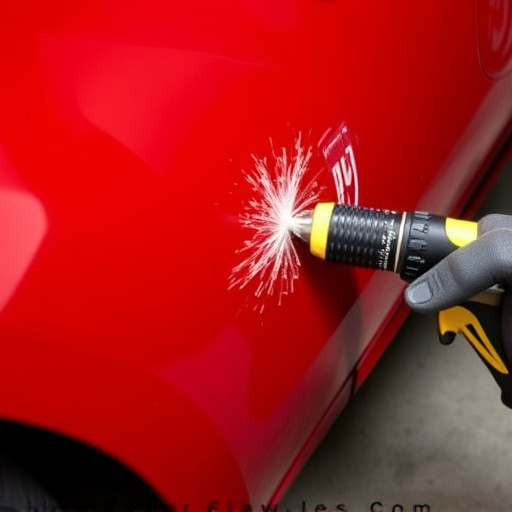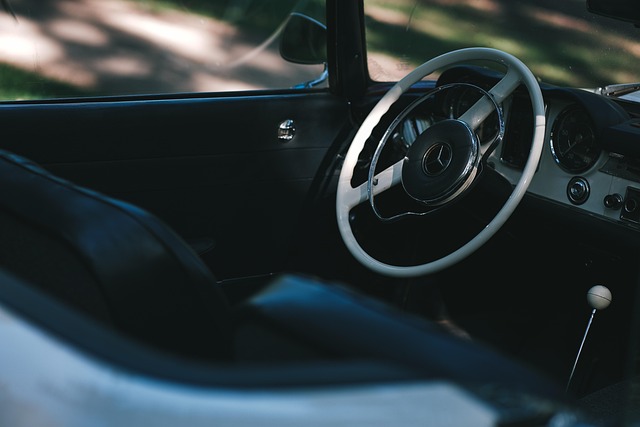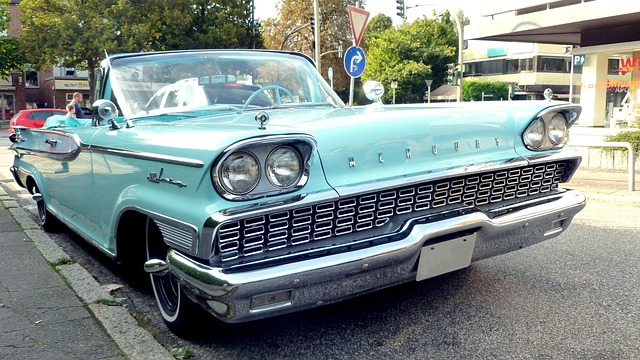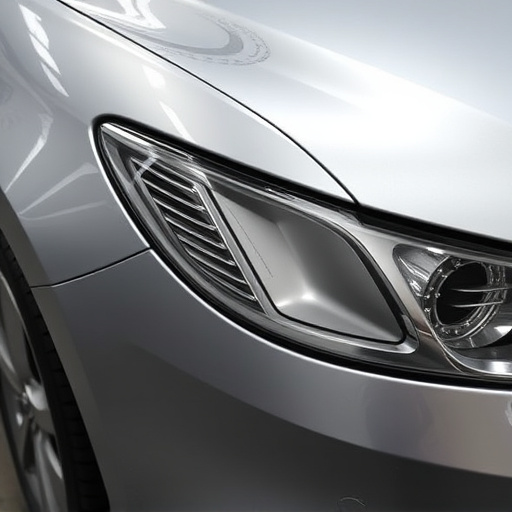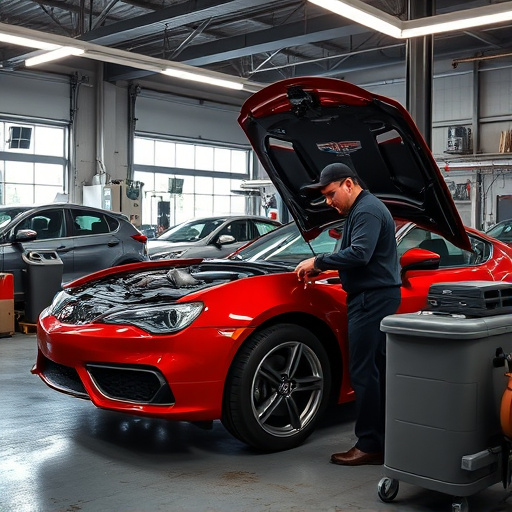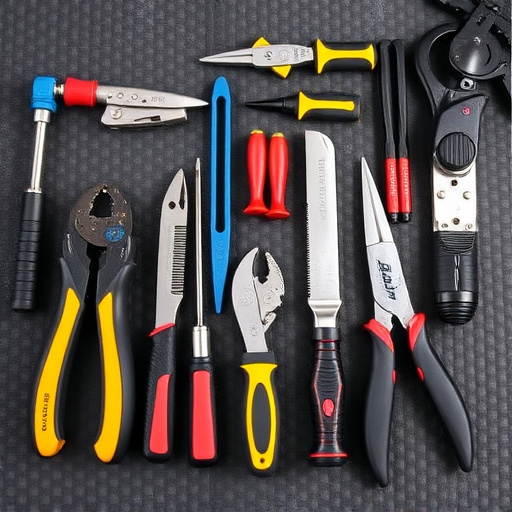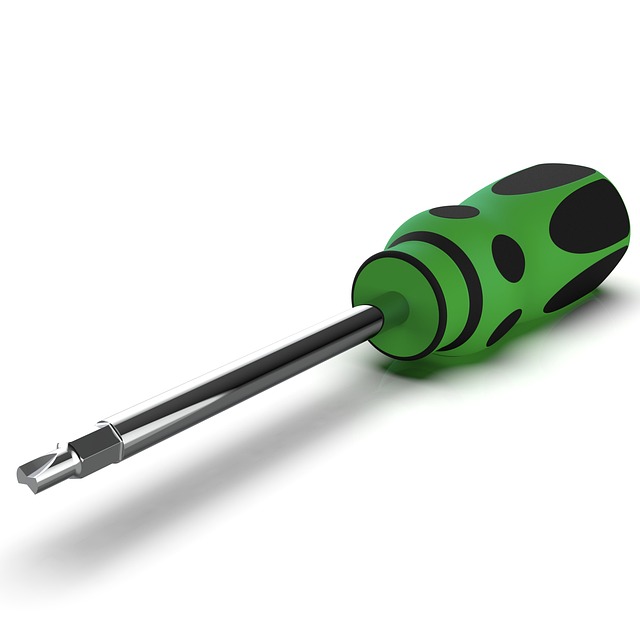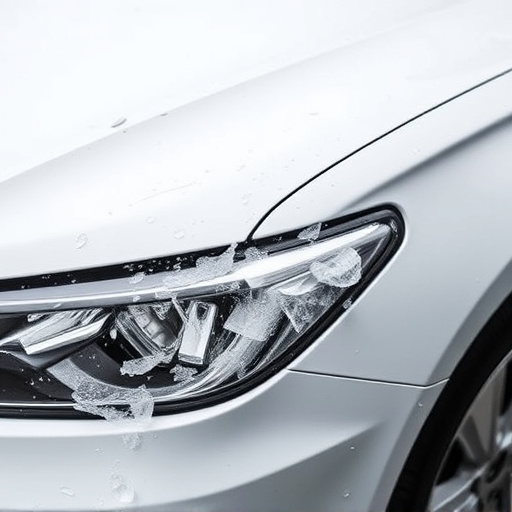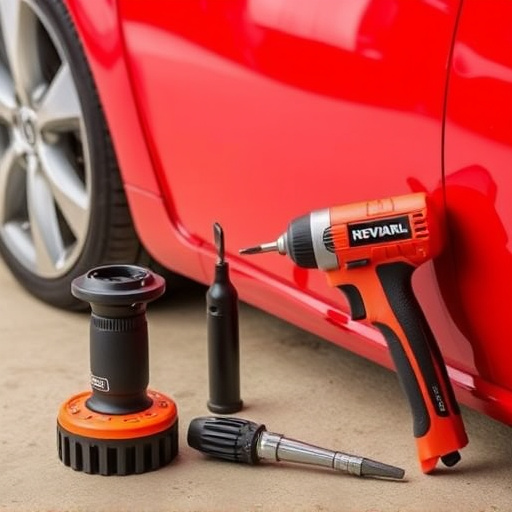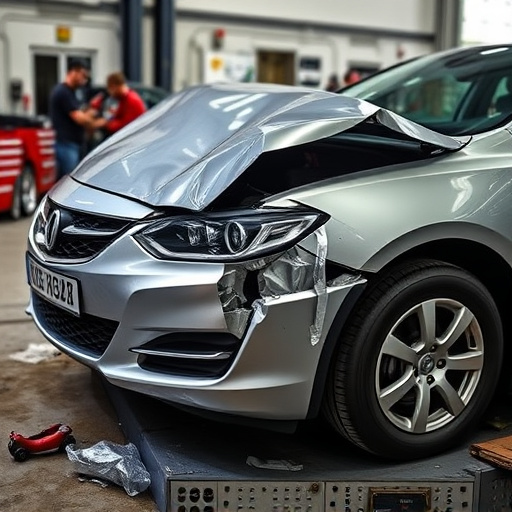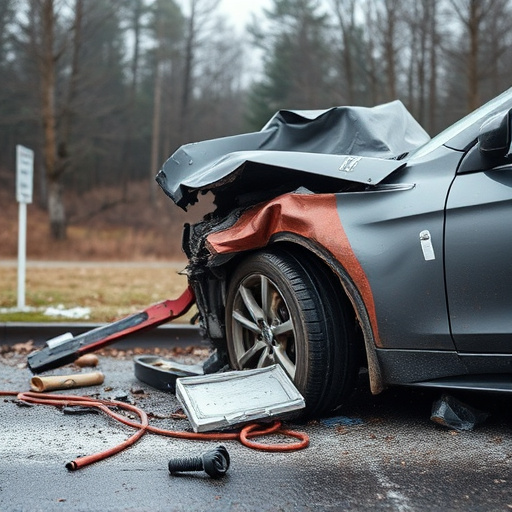Auto body moldings require protection from weather and UV damage for longevity. Advanced composite materials and coatings offer superior resistance. Regular cleaning, shaded parking, prompt repairs, and outdoor paints maintain their aesthetic appeal and structural integrity.
Auto body moldings, those decorative elements that enhance a vehicle’s aesthetic, are often overlooked when it comes to durability. However, they’re not immune to weather and UV damage. This article delves into the vulnerability of auto body moldings, exploring materials and technologies designed for weatherproof protection. We’ll also provide longevity and maintenance tips to ensure these features remain UV-resistant, safeguarding your vehicle’s appeal for years to come.
- Understanding Auto Body Moldings' Vulnerability to Elements
- Materials and Technologies for Weatherproof Protection
- Longevity and Maintenance Tips for UV-Resistant Moldings
Understanding Auto Body Moldings' Vulnerability to Elements
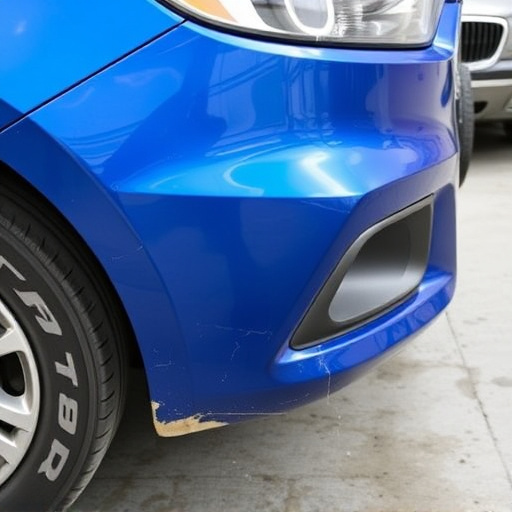
Auto body moldings, those sleek and decorative elements that enhance a vehicle’s exterior, are often vulnerable to the relentless assault of weather and UV rays. Over time, exposure to harsh conditions can lead to significant damage, compromising not just their aesthetic appeal but also the structural integrity of the vehicle. Hail damage repair, for instance, is a common concern, as hailstorms can leave behind unsightly dents and cracks that weaken the molded parts. Similarly, UV damage from prolonged sun exposure results in fading, yellowing, and even brittleness, making car paint repair increasingly necessary to maintain the vehicle’s original appearance.
Understanding these vulnerabilities is crucial for auto body moldings’ longevity. The constant interplay of elements—rain, snow, sunlight, and extreme temperatures—can accelerate wear and tear, necessitating regular maintenance and repairs. Vehicle dent repair, while not exclusively focused on moldings, highlights the need for prompt action against such damage. By adopting preventive measures and utilizing high-quality materials during repairs, car owners can extend the life of their auto body moldings, ensuring they remain protective and decorative assets that contribute to the vehicle’s overall appeal.
Materials and Technologies for Weatherproof Protection
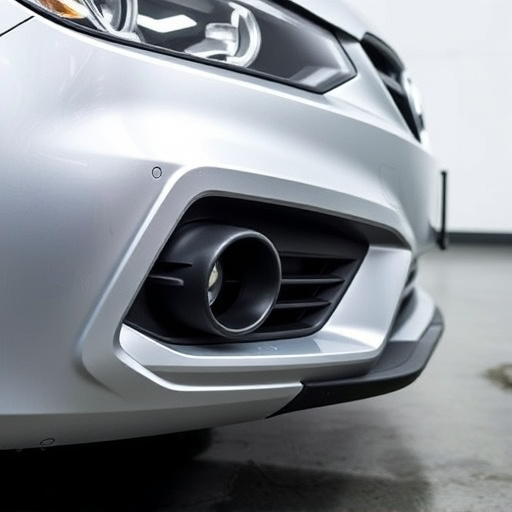
The materials and technologies employed in crafting auto body moldings play a pivotal role in determining their resilience against weather and UV damage. Modern manufacturers are leveraging advanced composites, such as fiberglas and polypropylene, which offer superior strength-to-weight ratios and exceptional resistance to corrosion and degradation from ultraviolet (UV) rays. These materials are often reinforced with additives designed to enhance their durability, making them suitable for both indoor and outdoor applications in automotive manufacturing and subsequent car dent repair processes.
Furthermore, innovative coating technologies have emerged as game-changers in the industry. Anti-corrosion coatings, along with UV-resistant finishes, form a protective barrier on auto body moldings, prolonging their service life even in harsh environmental conditions. These advanced coatings are typically applied through sophisticated spraying techniques or dip-coating methods, ensuring a uniform and robust layer that not only safeguards against weather damage but also enhances the overall aesthetic appeal of vehicles at collision centers.
Longevity and Maintenance Tips for UV-Resistant Moldings
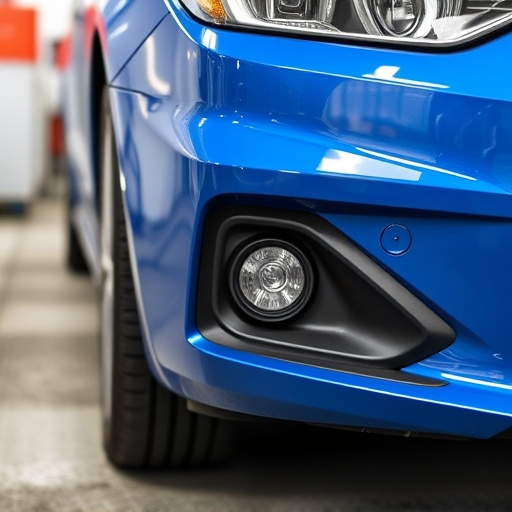
To ensure that your UV-resistant auto body moldings last for years to come, proper maintenance is key. Regular washing and wiping with a soft cloth or sponge will help remove dirt, dust, and grime that can accelerate damage from prolonged sun exposure. Using pH-neutral cleaners is recommended to prevent any adverse effects on the material’s protective coating. Avoid harsh chemicals or abrasive materials that could scratch or erode the moldings.
Additionally, keeping your vehicle in a shaded area when not in use can significantly slow down UV deterioration. During fleet repair services or vehicle collision repair, it’s important to thoroughly inspect and address any damaged or missing moldings promptly. Regular touch-ups with high-quality paints designed for outdoor applications can maintain the original look and protect against further weather-related wear and tear.
Auto body moldings play a crucial role in a vehicle’s aesthetics, but they’re also vulnerable to weather and UV damage. By understanding these vulnerabilities, choosing the right materials like durable plastics and advanced coatings that offer weatherproof and UV resistance, and implementing regular maintenance practices, car owners can ensure their moldings remain intact and vibrant for years to come. Investing in high-quality, protective auto body moldings not only preserves the vehicle’s exterior beauty but also adds value to its overall condition.
